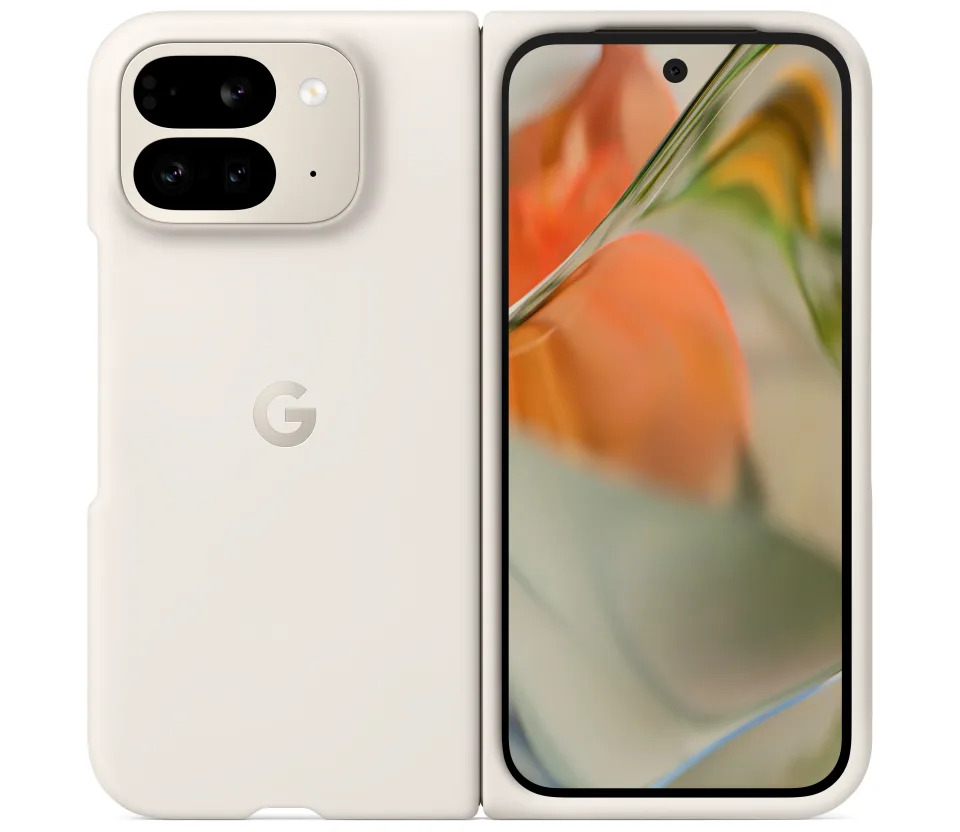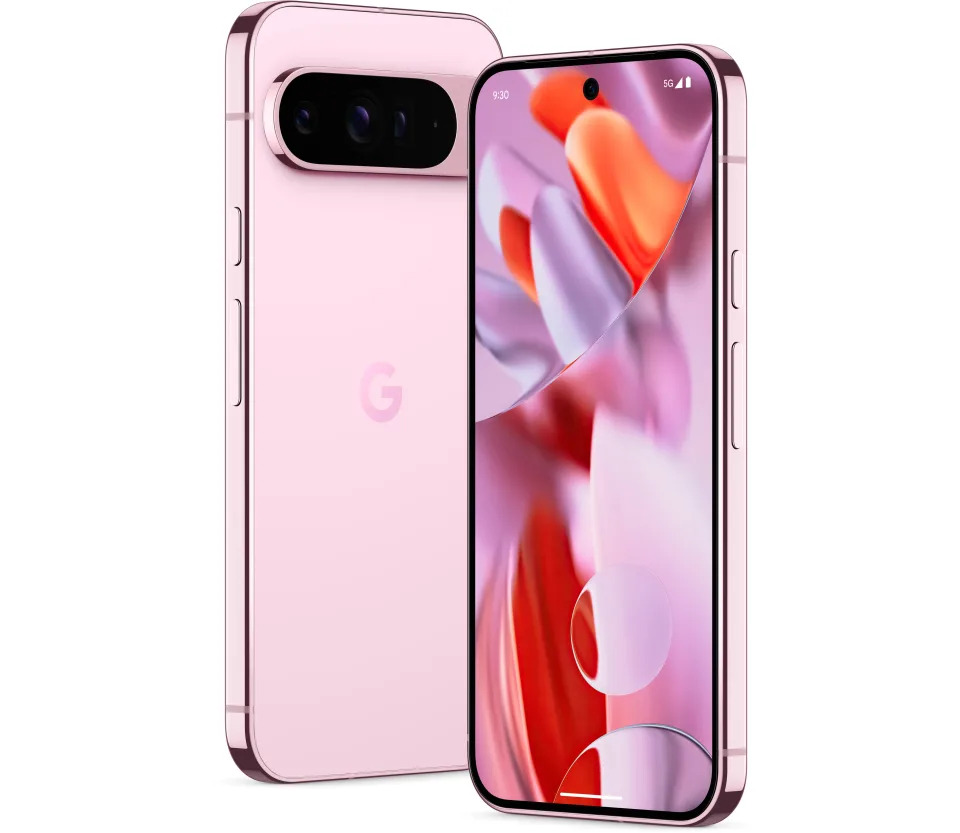Google ( GOOG , GOOGL ) debuted its latest lineup of Pixel phones, including a slick, new foldable, during its Made by Google event at its headquarters in Mountain View, Calif., on Tuesday.
The lineup features the Pixel 9, Pixel 9 Pro, Pixel 9 Pro XL, and Pixel 9 Pro Fold, and comes roughly a month before Apple ( AAPL ) is set to unveil its iPhone 16 line. That gives Google a decent jump on its rival tech giant.
All of the Pixel 9 phones come loaded with Google’s Android 14 operating system and the company’s AI-powered Gemini platform. And while the Pixel 9 and Pixel 9 Pros offer more upscale designs, the Pixel 9 Pro Fold was easily the main attraction.
Pixel 9 Pro Fold
Google’s second-generation foldable, the Pixel 9 Pro Fold — yes, it’s a mouthful — features a thinner and lighter design so it feels less bulky than its predecessor.
The 9 Pro Fold, like Samsung’s Galaxy Z Fold 6, sports a front screen and a foldable internal display. This time around, though, Google has increased the size of the Fold’s front screen from 5.8 inches to 6.3 inches, making it feel like you're using a regular smartphone when it's folded up.

Inside, the Fold gets a larger 8-inch foldable panel, up from 7.6 inches. Google is also using its Super Actua display technology on the internal screen, giving it more vivid colors.
The Pixel Fold also gets three new rear cameras: a wide-angle lens, an ultra-wide angle, and a telephoto option with up to 5x optical zoom. Inside, the Fold packs Google’s new Tensor G4 chip and 16GB of RAM. You can choose between 256GB and 512GB of storage.
On the software side, the Pixel Fold allows users to run two apps side-by-side in split-screen mode when using the internal display. The Pixel Fold is priced at $1,799, which is the same price as the first-generation Fold, but still well into the premium smartphone range.
Pixel 9 and Pixel 9 Pros
In addition to the Fold, Google showed off its Pixel 9, Pixel 9 Pro, and Pixel 9 Pro XL. Think of the Pixel 9 as the mainstream entry in the lineup and the two Pro phones as Google’s high-end offerings.
Outside of their display sizes, there’s no real difference between the Pixel 9 Pro and Pixel 9 Pro XL. Google says the Pixel 9 Pro gets a 6.3-inch Super Actua screen while the 9 Pro XL gets a 6.8-inch Super Actua display. The Pixel 9 comes with a 6.3-inch Actua panel.

All three phones have slimmer designs with smaller display bezels and new, more dramatic-looking rear camera bumps. The Pixel 9 gets a glossy rear panel, while the 9 Pros get a matte finish with polished metal edging. All of that is to say these are great-looking devices, which makes it a shame that you’ll probably cover them with cases.
The Pixel 9 and Pixel 9 Pros each come with Google’s Tensor G4 chip. The Pixel 9 gets 12GB of RAM, with options for 128GB and 256GB of storage. The Pixel 9 Pros get 16GB of RAM and options for 128GB, 256GB, 512GB, and 1TB of storage.
On the camera front, the Pixel 9 comes with an ultra-wide lens and wide-angle lens, while the Pros get triple-lens setups.
The Pixel 9 starts at $799, while the 9 Pro and 9 Pro XL start at $999 and $1,099, respectively.
Google Gemini
Each Pixel phone will come loaded with Google’s generative AI-powered Gemini software. Available by long-pressing the power button on the side of the phone, Gemini can pull up information from the web and, in the future, plug into the company’s various apps, including Gmail and Calendar.
Google is also adding two new AI-powered features to its phones: Pixel Screenshots and Add Me. Pixel Screenshots is an easy-to-use repository for the screenshots you take on your phone that uses AI to pull important information from them. So, if you screenshot an invitation to a party, Screenshots will grab the date, time, and location and give you the option to create a calendar event.
And if you need to look for a specific screenshot, you can use the built-in search function. So, if you’ve been taking screenshots of different pairs of sneakers you want and need to find them, you can search for sneakers, and the app will pull up any relevant screenshots. This could also be helpful if you’ve been on a work trip and need to take screenshots of your purchases.
Add Me, meanwhile, is a photo feature designed for those instances when you want to take a group photo, but don’t have a tripod or anyone around to take the shot. It does this by allowing you to take a photo of your friends, then having them step out of the shot and you step in. Add Me then puts the two photos together into a single shot, making it appear as though you took a normal group photo. I got to try Add Me in person, and it worked rather well.
Overall, Google has a solid-looking lineup of new devices coming just ahead of the launch of Apple’s latest iPhones. And while Google’s phones won’t reach the kind of sales volumes as Apple’s — Google would have to steal market share from its partner Samsung to get that far — it will be interesting to see how they all match up.
@DanielHowley .
For the latest earnings reports and analysis, earnings whispers and expectations, and company earnings news, click here





